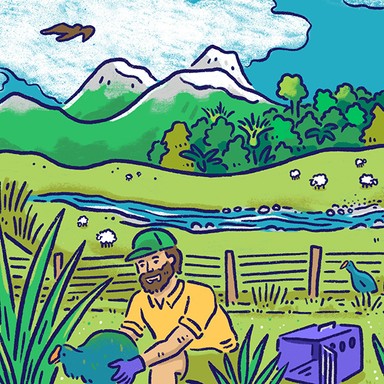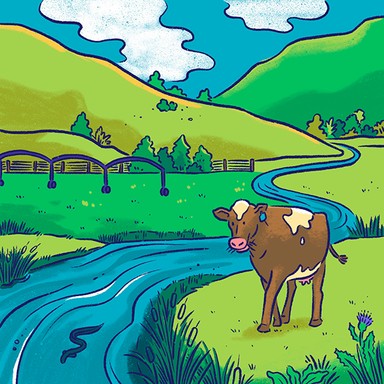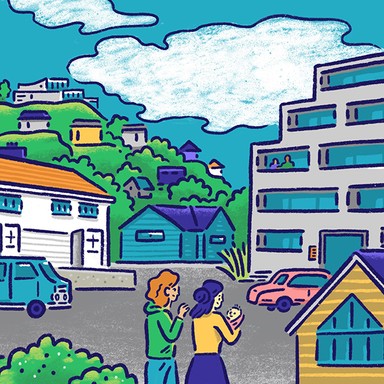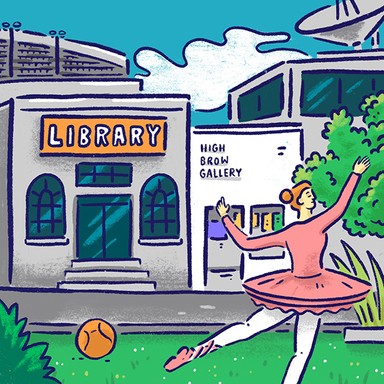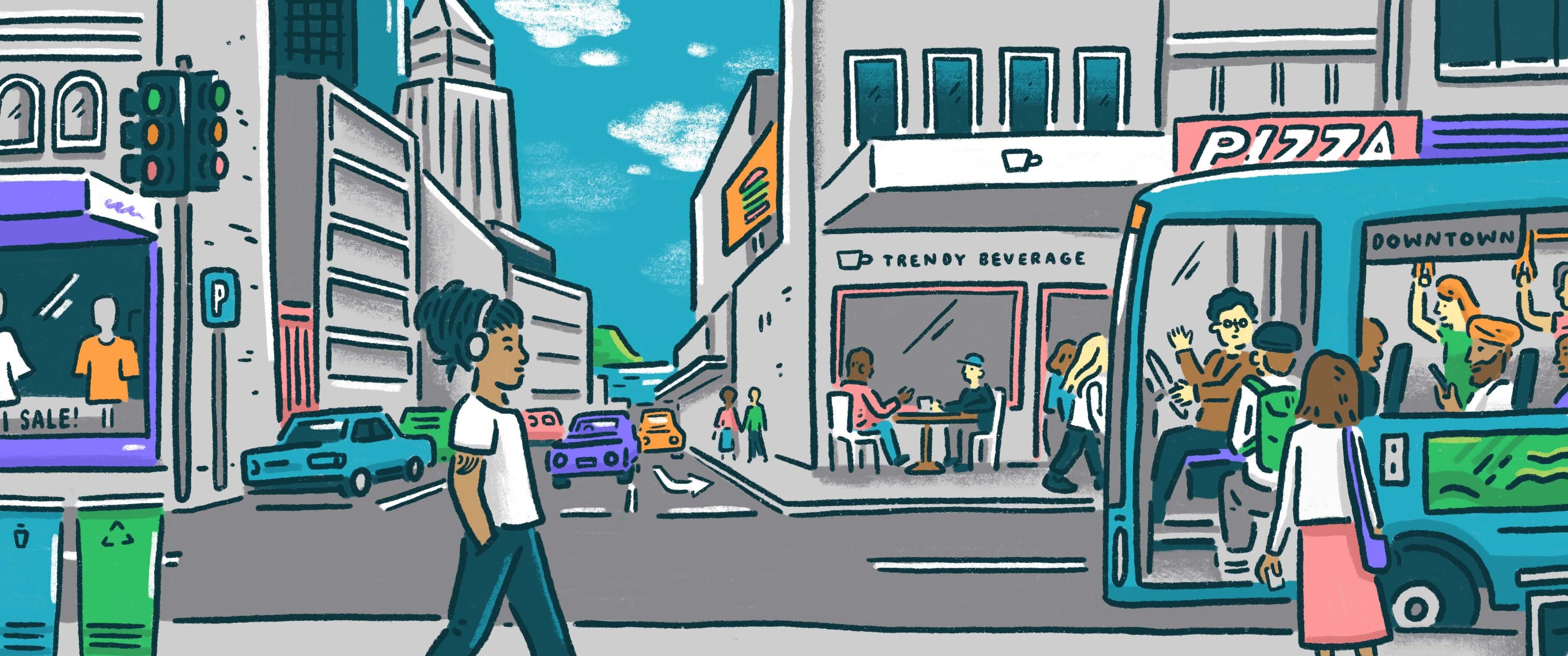
Nelson City Council

Climate change and resilience
Climate change poses a huge challenge for communities as more frequent extreme weather events require us to rethink how we live and where. Local authorities are at the forefront of efforts to respond, with responsibilities for environmental planning and regulation, as well as civil defence. Many councils have plans to reduce emissions in their area and are working to help their communities adapt to a warming world.

Climate change and resilience
Climate change poses a huge challenge for communities as more frequent extreme weather events require us to rethink how we live and where. Local authorities are at the forefront of efforts to respond, with responsibilities for environmental planning and regulation, as well as civil defence. Many councils have plans to reduce emissions in their area and are working to help their communities adapt to a warming world.
Develop a comprehensive climate strategy for our city, including bold targets for becoming a carbon neutral city.
Partner with the Nelson Tasman Climate Forum and Businesses for Climate Action to lead transformational changes to rapidly reduce emissions.
Co-design with residents a resiliency and adaptation plan to respond to flooding and coastal inundation.
Commit to community-wide emissions reduction goals, delivering the climate action plan, and an intergenerational climate strategy.
Avoid development in at-risk areas which increase financial risk and sunk costs, eg library development in coastal and river flooding site.
Future-proof our communities by proactively planning for increasing climate change impacts from extreme weather events. Mitigate risks.
More investment in flood protection and storm water infrastructure.
Affordable rates, bringing more events into Nelson and providing a positive outlook to our community as well as building a stronger economy.
Improve community engagement and transparency of council decision making.
Commit to support Civil Defence in the great job they already do, as demonstrated recently in the flooding crisis.
Focus council spend and good partnerships on what is really needed to take practical steps towards climate change in our community.
Use regulatory opportunities in a positive way to support safety and climate change objectives.
Rewrite Nelson 2060 demonstrating how brilliant the city has become when we get there, illustrated by initiatives already happening.
Becoming a lifestyle and sustainability role model is the greatest contribution 50,000 individuals could make to curbing climate change.
The recent devastation clearly demonstrates that protecting Nelson is less expensive than dealing with even greater threats in future.
Re-invest and prioritise flood protection and stormwater infrastructure.
Protect existing and re-establish our native forests on our city backdrops, such as the Grampians Reserve, Maitai, Brook and Marsden Valley.
Utilise solar energy, and land for solar arrays on more of our council assets. Such as sewerage treatment plant, airport, golf course, etc.
Assess weak areas and prioritise infrastructure and flood proofing Nelson.
Revisit having sand bags available.
Continue initiatives to encourage composting to prevent methane and leachate in landfills. Part 2 is to use this for home/community gardens
Develop a comprehensive climate strategy for our city, including bold targets for becoming a carbon neutral city.
Partner with the Nelson Tasman Climate Forum and Businesses for Climate Action to lead transformational changes to rapidly reduce emissions.
Co-design with residents a resiliency and adaptation plan to respond to flooding and coastal inundation.
Commit to community-wide emissions reduction goals, delivering the climate action plan, and an intergenerational climate strategy.
Avoid development in at-risk areas which increase financial risk and sunk costs, eg library development in coastal and river flooding site.
Future-proof our communities by proactively planning for increasing climate change impacts from extreme weather events. Mitigate risks.
More investment in flood protection and storm water infrastructure.
Affordable rates, bringing more events into Nelson and providing a positive outlook to our community as well as building a stronger economy.
Improve community engagement and transparency of council decision making.
Commit to support Civil Defence in the great job they already do, as demonstrated recently in the flooding crisis.
Focus council spend and good partnerships on what is really needed to take practical steps towards climate change in our community.
Use regulatory opportunities in a positive way to support safety and climate change objectives.
Rewrite Nelson 2060 demonstrating how brilliant the city has become when we get there, illustrated by initiatives already happening.
Becoming a lifestyle and sustainability role model is the greatest contribution 50,000 individuals could make to curbing climate change.
The recent devastation clearly demonstrates that protecting Nelson is less expensive than dealing with even greater threats in future.
Re-invest and prioritise flood protection and stormwater infrastructure.
Protect existing and re-establish our native forests on our city backdrops, such as the Grampians Reserve, Maitai, Brook and Marsden Valley.
Utilise solar energy, and land for solar arrays on more of our council assets. Such as sewerage treatment plant, airport, golf course, etc.
Assess weak areas and prioritise infrastructure and flood proofing Nelson.
Revisit having sand bags available.
Continue initiatives to encourage composting to prevent methane and leachate in landfills. Part 2 is to use this for home/community gardens
Mayor
Compare the mayoral candidates in your area
Local council
Compare the candidates for your city or district council
Regional council
Compare the candidates for your regional council
Local board
Compare the candidates for your local or community board
